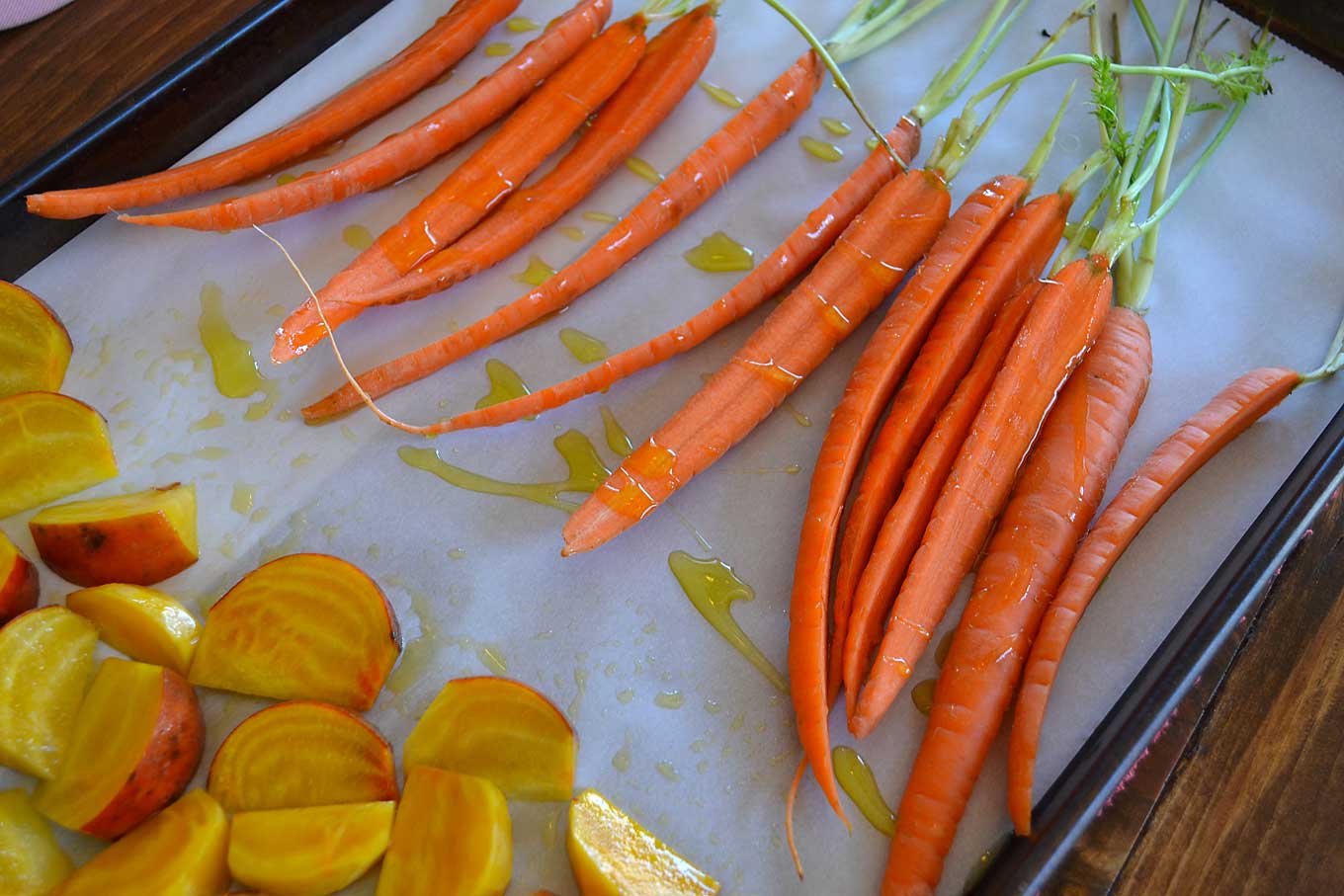‘No beast is a cook.’ I would love to take credit for this rather catchy phrase but, alas, it was written by Scottish writer James Boswell in 1773. At the time, he was promoting the rather novel idea that cooking was what separated the humans from the animals. I certainly would have bought into that even back then, as it is fairly difficult to cook without opposable thumbs.Mr. Boswell also credited cooking for advancing human civilization as a whole. Sounds lofty? Perhaps, and yet author and journalist Michael Pollan reinforced this very notion 240 years later in his well-researched book, Cooked. The very act of cooking food, Pollan explains, revolutionized man’s existence in two fundamental ways.

First, it provided our early ancestors with an energy-dense and easily digestible diet that allowed intestinal tracts to shrink and brains to develop and grow larger. While this may not sound exactly revolutionary, let’s consider a foraging animal like a cow for a second. It eats raw food (often chewing as much as six hours a day when out in open pasture), has to lug around a huge intestinal tract and can’t recite even one of Lord Byron’s poems to save its life, even when bitten by love’s bug. That we can sit here and have a laugh at the expense of this poor old cow is a tribute to all the cooked foods we, and our grandparents and their grandparents, have eaten.

Second, freed from having to forage six hours a day, man could spend at least five of those hours making animal traps, inventing tools, and doodling leisurely on his cave walls.
In short, cooked food allowed us to get past the survival stage and into creating a way of life, a culture. It’s remarkable, really.

And yet, I chatted up a lovely woman the other day at a party on a number of subjects before she mentioned, in passing, that she categorically does not cook. “I ask parents to please not make Mickey Mouse-shaped pancakes when my daughter sleeps over,” she added. “I just don’t want to set myself up for that kind of pressure when it’s my turn to reciprocate. I burn water, for Pete’s sake!”
But she was no beast! She was smart, attractive, successful, highly personable.
It made me wonder how many other people out there feel the same. How many people – for various reasons – shy away from time spent at the stove?
And being a food lover and educator, it made me wonder how to coax more people to the burners. And just as importantly, how to do so with lightness…far, far away from any sort of preachy, finger-pointing, eat-your-spinach-type messaging. And as I was mulling this over, an image kept surfacing in my mind.
This image.
It is the record label logo of the American singer, guitarist, poet, and songwriter Ani DiFranco. When I see it, it makes me think of pride, confidence, victory – all coated in a hue of lightness and humor.
Her logo reflects her professional story. Not liking the state of the record industry in the late 1980s, she decided to strike out on her own and became one of the first artists to start her own record label. No longer reliant on the whims of fickle record executives, focus groups and market trends, she freed herself to pursue her own musical bliss. She learned how to record and produce, how to organize world tours, how to package her albums into compelling formats – mastering all these skills over time. In the process, she enriched the lives of countless people hungry for non-formulaic, jazz-inspired, poetry-infused songs. She created her own music culture.
Similarly, when we cook, we take matters – literally – in our own hands. Like the woman in the logo, we are the ones standing proud, arms outstretched, flexed and powerful. We don’t have to rely on food manufacturers, who follow their own whims when it comes to food costs or the moment’s dubious nutritional beliefs. We don’t have to rely on the graciousness of others to invite us over their house for a home cooked meal. We don’t even have to wait in fast food lines anymore. We can cook for ourselves!
To cook is to take our power back.
Not to mention that heading to the stove and cooking something helps us to reconnect with each other. I mean, if we’ve taken the time to make something yummy, the very least that can happen is a short sit-down meal to enjoy and truly savor it. Together.
We are surely worth a little inconvenience.
Or, at the very VERY least, an occasional homemade Mickey Mouse pancake.
By the way…don’t be deceived by the length of this recipe. It’s actually a breeze to make. What makes it seem long is that I prep each vegetable separately (mostly to keep those oozing red beets and their vibrant deep crimson color away from all the other, meeker veggies).
But honestly, even if it was time-consuming to make, the effort would be well worth it. It’s easy, dramatic-looking, company-worthy fare. I serve it just as you see it…still in its baking pan.
Also, while you may notice that I used parchment paper to make my dish, I will not do so in the future. I used the parchment paper because…well, because I saw several recipes prepared by the expert hands of Yotam Ottolenghi and decided what’s good enough for Yotam is good enough for me. Plus, the paper makes it look soooo rustic…something I absolutely can’t resist.
What I hadn’t factored in is that Yotam’s recipes weren’t combining his delectable-looking roasted offerings with pasta, while I was. As it turns out, a lot of the olive oil – which i needed to season the tagliolini – had pooled on the bottom side of the parchment paper, making it hard to access all of that deliciously seasoned oil. Live and learn.
making roasted root vegetable pasta
Preheat the oven to 400°F.
Wash 3 small yellow beets, 3 small red beets, and 8-10 baby bunched carrots and allow them to air dry on a kitchen towel for 10-15 minutes. (‘Bunched carrots‘ are smaller and sweeter than the standard carrot and are sold bunched together with the fresh green leaves still in place.)

To prep the beets, cut off both end and slice in half length-wise.

Note: Cut the red beets separately from all the other vegetables, as they tend to leave their crimson hue everywhere.
Placing the cut side down on a cutting board, slice each half into several ½ inch-thick slivers. Place all the slivers of the yellow beets in a medium-sized bowl and add 1 tablespoon of extra virgin olive oil. Mix well to ensure that all slivers are completely covered in oil. Then, arrange the beets on a baking sheet.
Slice each carrot in half, making sure to include part of the fresh green leaves on each half. Place them on the parchment-lined baking sheet and pour another tablespoon of olive oil on them. Using your hands, rub each carrot half with the oil to ensure they are all completely oiled.

Finally, slice a large red onion in half and remove the outermost layer of one half. (Use the other half for something else. I cover it with food wrap and use it to add a little crunch to sandwiches.) Slice the half you’re using, width-wise, four times.

Then slice each onion ‘medallion’ once more into half. Add it to the same bowl along with 1 tablespoon of olive oil. Mix well to ensure that all slivers are completely covered in oil. Then, arrange them on the same baking sheet.
Lastly, add the red beet slivers to the bowl and repeat the process, adding the 1 tablespoon of olive oil, mixing well to ensure that all slivers are completely covered in oil and then arranging them on the baking sheet along with all the other vegetables. Cover the vegetables with some chopped fresh thyme.

Place tray in the oven and lower the temperature to 375°F. Roast for 40 minutes.
As the vegetables are roasting, bring a large pot of water to a boil. Add two generous handfuls of Kosher salt. Drop 250 grams of egg tagliolini (or a pasta of your choice) into the boiling water and cook according to the directions on the box. Not wanting – ever! – to overcook my pasta, I’m usually pretty conservative about the box’s suggested cooking time. If the directions say 2-3 minutes cooking time, I start checking the tagliolini at around 1 ½ minutes. You can always cook them longer, but once they’re overcooked, that’s that.
Take the tray out of the oven.

Add an additional 3 tablespoons of olive oil, making sure to drizzle it evenly on all the vegetables. Place the tray back in the oven and increase the temperature to 450°F. Roast for another 15 Minutes. Remove the tray from the oven and generously salt the vegetables.
With a large spoon, move the red beets to a bowl that’s been pre-heated in the microwave oven. (This prevents it from losing its heat while you’re prepping the final pasta dish.) Do the same with the carrots.
Once the pasta is cooked al dente and drained in a colander, add it to the baking tray and mix it around really well to coat the tagliolini. Now add the red beets and carrots back in and sprinkle on all or part of a 3.5-oz. container feta cheese, some fresh thyme sprigs and fresh-ground black pepper. (You can replace the feta cheese with ricotta salata. I’ll actually use the ricotta when I can find it, but it’s never a sure thing where I live.) Serve immediately. Makes 4 servings.







Leave a Reply